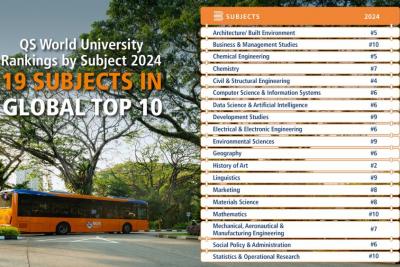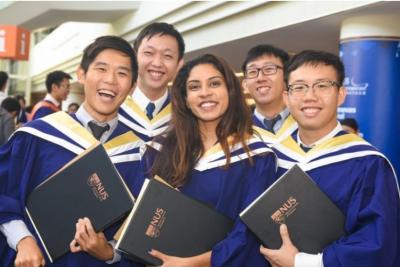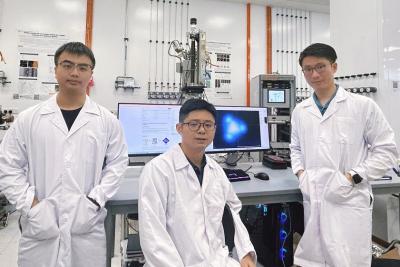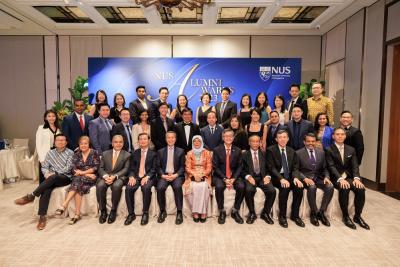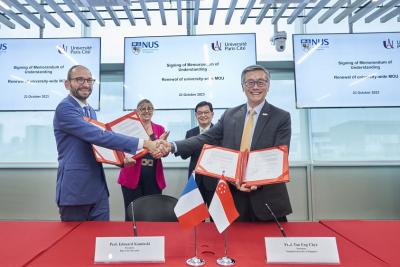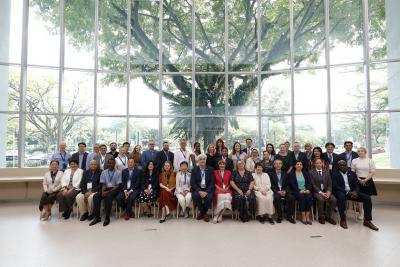Nhóm nghiên cứu NUS lập kỷ lục mới về hiệu suất chuyển đổi năng lượng của pin mặt trời
Their solar cells made using perovskite and organic materials achieve a power conversion efficiency of 23.6%, approaching that of conventional silicon solar cells
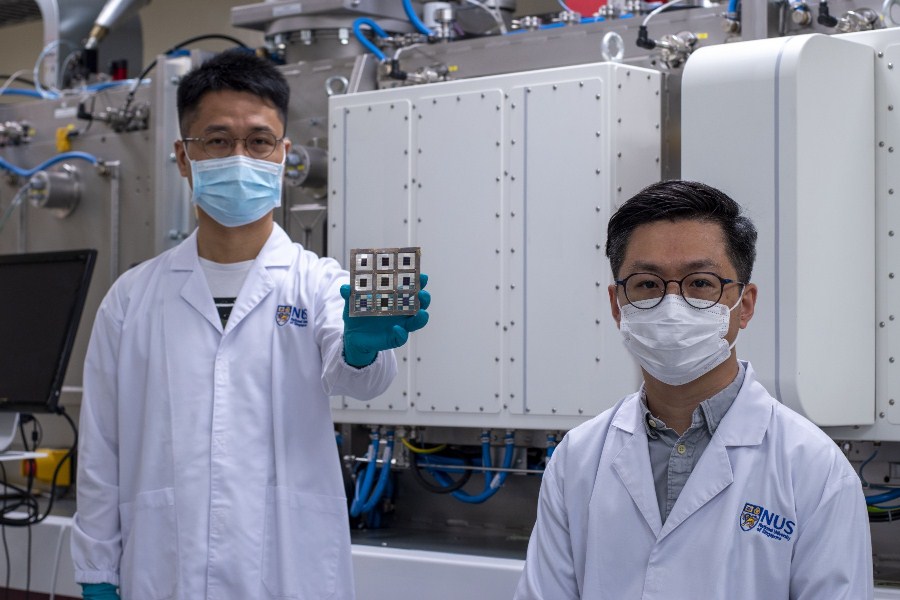 Asst Prof Hou Yi (right), Dr Chen Wei (left) and their team have developed perovskite/organic tandem solar cells (held by Dr Chen) that achieved a power conversion efficiency of 23.6%.
Asst Prof Hou Yi (right), Dr Chen Wei (left) and their team have developed perovskite/organic tandem solar cells (held by Dr Chen) that achieved a power conversion efficiency of 23.6%.
A team of researchers from the National University of Singapore (NUS) has set a new record in the power conversion efficiency of solar cells made using perovskite and organic materials. This technological breakthrough paves the way for flexible, light-weight, low cost and ultra-thin photovoltaic cells which are ideal for powering vehicles, boats, blinds and other applications.
“Technologies for clean and renewable energy are extremely important for carbon reduction. Solar cells that directly convert solar energy into electricity are among the most promising clean energy technologies. High power conversion efficiency of solar cells is critical for generating more electrical power using a limited area and this, in turn, reduces the total cost of generating solar energy,” explained lead researcher Presidential Young Professor Hou Yi, who is from the NUS Department of Chemical and Biomolecular Engineering and also leading a “Perovskite-based Multi-junction Solar Cells group” at the Solar Energy Research Institute of Singapore at NUS.
Xem chi tiết tại đây





